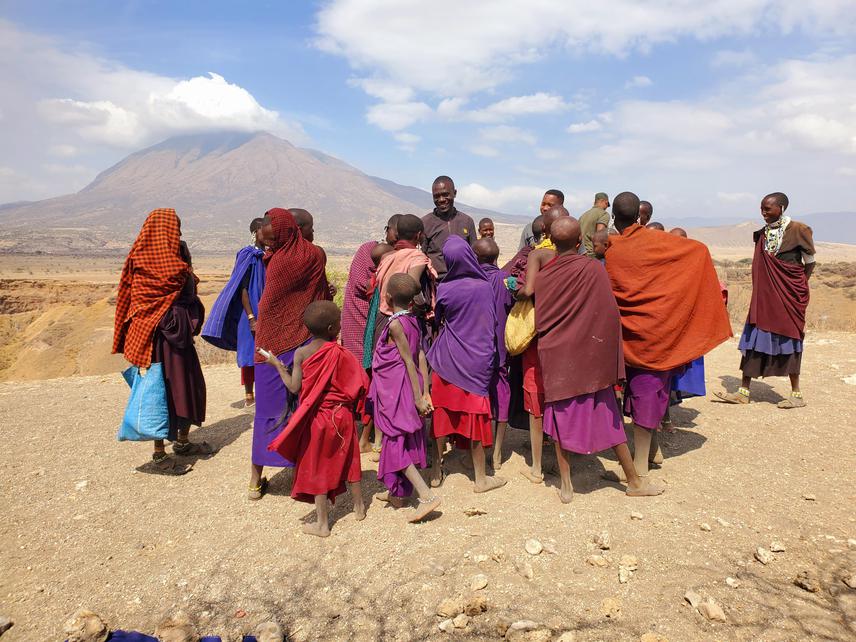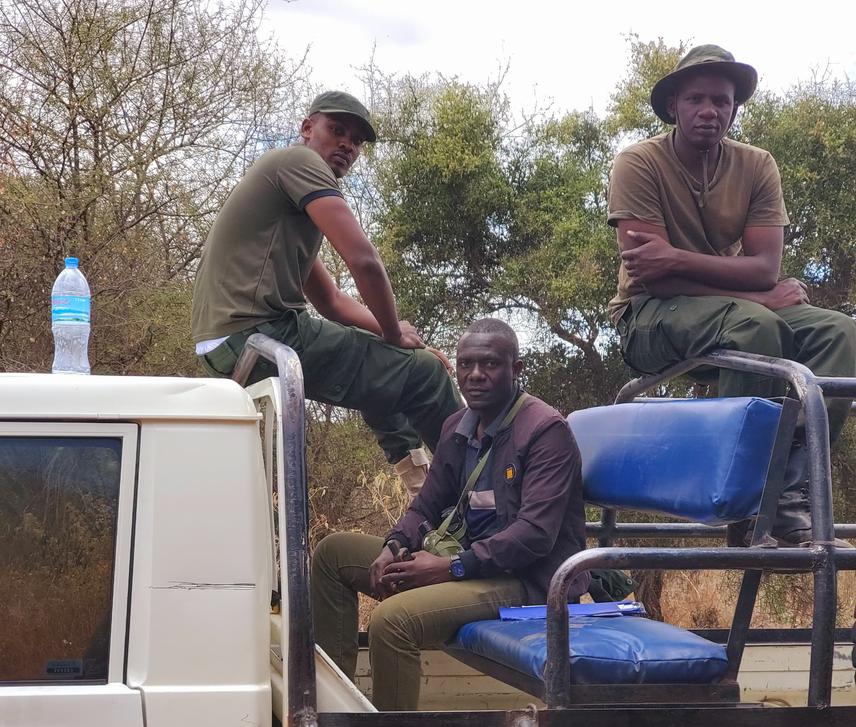Beevans Biseko Biseko
Gerenuk (Litocranius walleri) species occur widely in the semi-arid bushland of north-east Africa from southern Djibouti to north-east. In Tanzania the species is patchily distributed around Lake Natron Ecosystem. Only 10% of Walleri population occurs in partial and strict protected areas whereas large proportion of it occurs in unprotected areas that are subjected to various threats such as poaching (Kideghesho et al., 2013), habitat loss due to encroachment by humans through expansion of human habitations in its potential habitats (Kija et al., 2020) and illegal wild meat trade (Kiffner et al., 2017). These threats continue to infringe on the Gerenuk population making its population viability across its range areas questionable (Moehlman et al., 2020). Despite the existing threats, there is not yet information on the population status of this species from any of its range areas to guide informed conservation decisions in Tanzania. Further, the species is huntable game and is likely at risk of over hunting through quota setting given the lack of population size. Anecdotal information suggests that the species has severely declined in some areas (Lake Natron basin and Mkomazi) and is locally extinct in others (e.g. Simanjiro plains, northern Tanzania). Without information on the population size, structures and distribution in these fragmented landscapes the long-term conservation of this species will be imperilled.

Beevans Biseko talking to the local community, asking them where to locate the species. ©Beevans Biseko, SUA.
This Rufford funded project aims at conserving Gerenuk, an African antelope which is classified as "Near threatened" with declining and fragmented population, (IUCN, 2016). The project will have two major components; the first will focus on ecological assessment to understand the current status of Gerenuk population and its habitat, in order to improve our understanding on the ecology and conservation efforts of the species in Lake Natron Ecosystem. Specifically, (i) to estimate the current population size and structure of Gerenuk, (ii) assess the status and trend of the species habitat for the last twenty years to understand how the Gerenuk habitat structure and size have been changing over time and (iii) establish the environmental determinants of species distribution in its habitat.

Beevans Biseko with a team of Wildlife conservationists from Tanzania Wildlife management Authority, Lake Natron Ecosystem. ©Beevans Biseko, SUA.
The outreach component of this project aims at improving community awareness on the importance of the species and conservation of its severely threatened habitat, with a focus to reduce further habitat degradation and ensure sustainable population. The project will organize and deliver meetings and workshops to selected village communities inside the protected area to raise awareness about the species and its habitat conservation.
Header: Beevans Biseko talking to the local community, asking them where to locate the species. ©Beevans Biseko, SUA.